SMi Source lesson HIV: Mutations and Resistance has the following microlearning topics
1. Viruses and Mutation
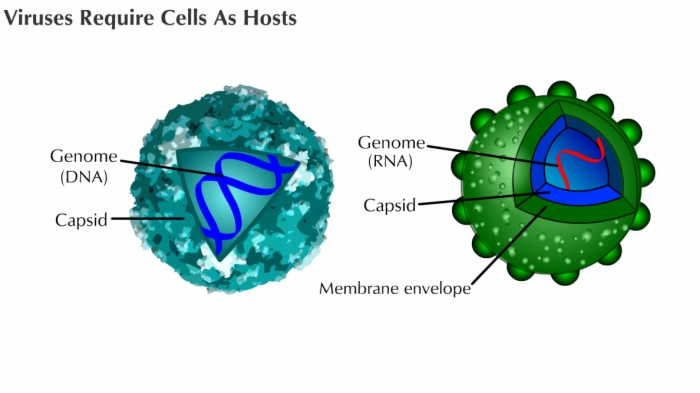

2. Viral Genotype and Resistance
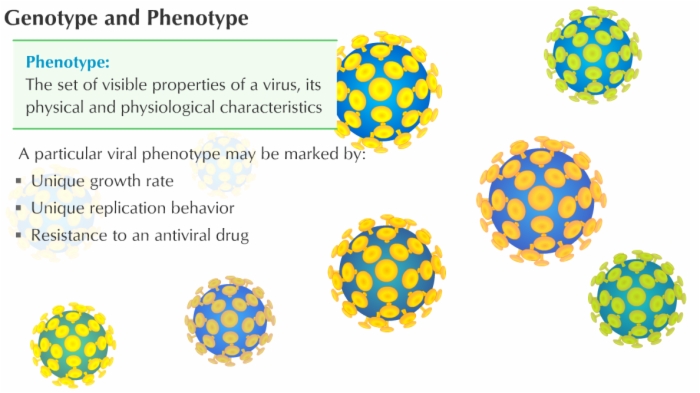

3. Protease Inhibitors (PIs)
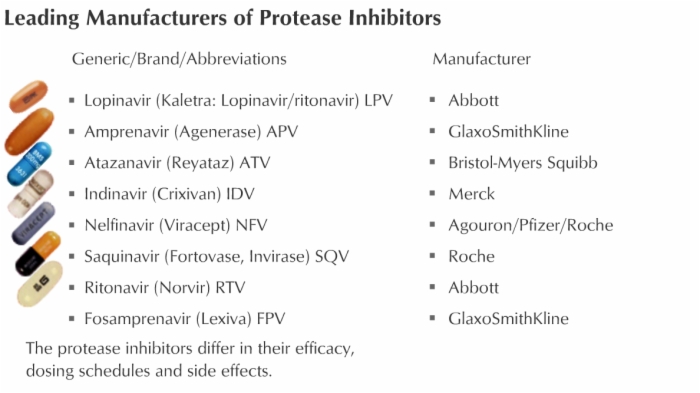

4. Nucleoside Reverse Transcriptase Inhibitors (NRTIs)
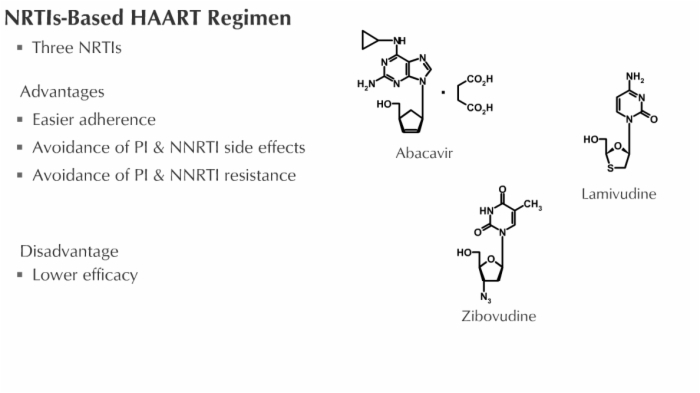

5. Nonnucleoside Reverse Transcriptase Inhibitors (NNRTIs)
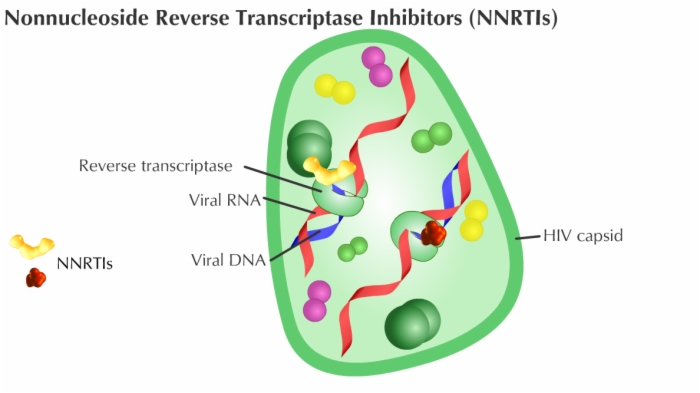

6. HIV Drug Resistant Profiles
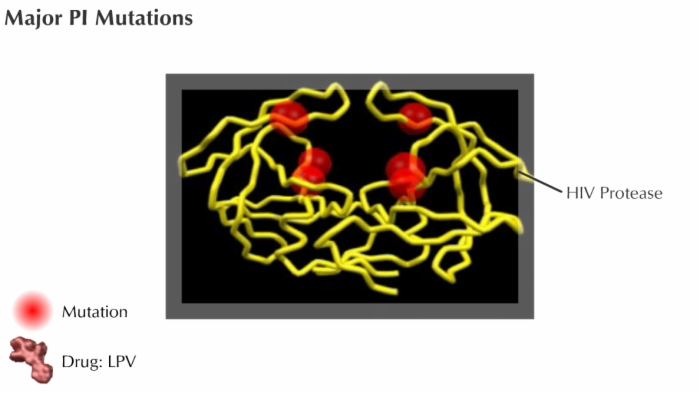

7. Entry Inhibitors
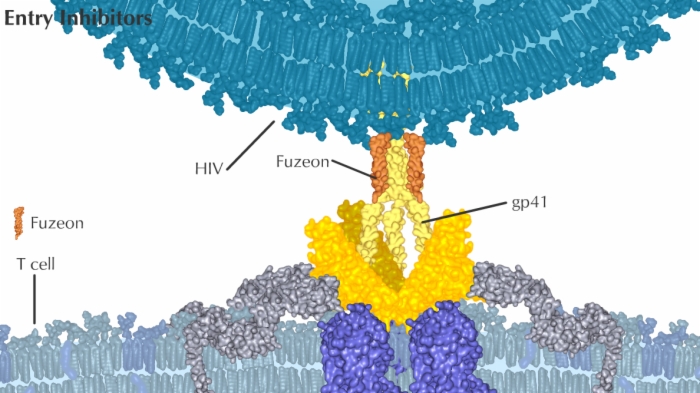

8. Experimental Drugs
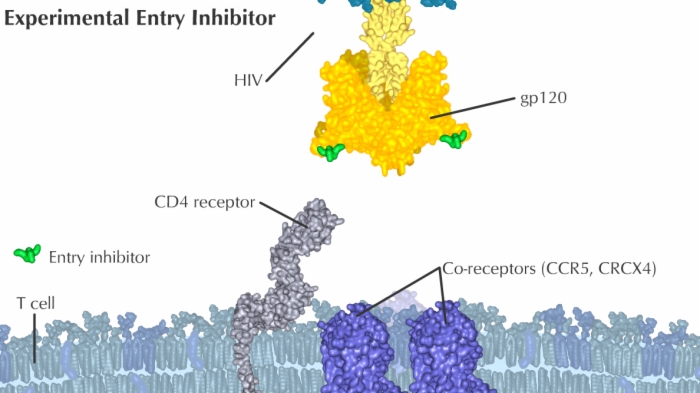

Lesson HIV: Mutations and Resistance teaches these concepts
Viruses Require Cells As Hosts, AIDS, HIV
Mutations, AIDS, HIV
Mutations Caused by Reverse Transcriptase, HIV, AIDS
Lesson HIV: Mutations and Resistance addresses these key points
- A virus is genetic information wrapped in a protein coat and sometimes surrounded by a membrane envelope.
- Genome of a virus is made up of either DNA or RNA (single or double-stranded).
- A virus is a parasite: it requires resources of a living cell to reproduce.
- Virus's genome is replicated within the host cell and under the control of the virus.
- Cell produces proteins and other molecules required to assemble new virus particles.
- New viral particles go on to infect more cells and the cycle repeats.
- Rounds of infection and virus reproduction can result in huge numbers of progeny virus particles.
- A virus undergoes mutations frequently in the course of viral infection and reproduction.
- Mutation may be a change, insertion or deletion of a nucleotide in the polynucleotide chain.
- A single nucleotide change may affect the virus's ability to infect cells and to survive the defenses of the host.
- Mutations can be caused by external agents, such as ultraviolet light, other forms of radiation and certain chemical substances, which physically damage DNA or RNA.
- Mutations are also introduced by molecular machinery that replicates the genetic material.
- Reverse transcriptase:
- Prone to introducing errors into the viral DNA it synthesizes.
- Used by retroviruses such as HIV.
- Transcribes RNA genome into DNA.
- Mutations occur randomly. - HIV's reverse transcriptase is error-prone and introduces point mutations in nearly every copy of the HIV genome. This replicating enzyme is the primary cause of the rapid mutation rate of the HIV virus.
- Viral dynamics, mutation rate, and genome size predict that HIV will develop mutations at every position numerous times per day.
- Under drug selection pressures, complete replacement of wild-type (WT) virus by drug-resistant virus can occur in 14 to 28 days.
- Once a mutation has been introduced into the viral genome, it is replicated and passed on to all the progeny virus.
- Location of a mutation is critically important in determining its effect on the virus.
- Mutation inside a gene or in another important nucleotide sequence may dramatically affect the ability of the virus to survive and reproduce.
- Mutations may be:
- Harmful
- Silent (no effect on survival)
- Beneficial (increase fitness) - Survival of the fittest virus variant occurs through the process of natural selection.
Lesson HIV: Mutations and Resistance introduces and defines these terms
Mutation - a change in the genetic material of a virus (or a cell).